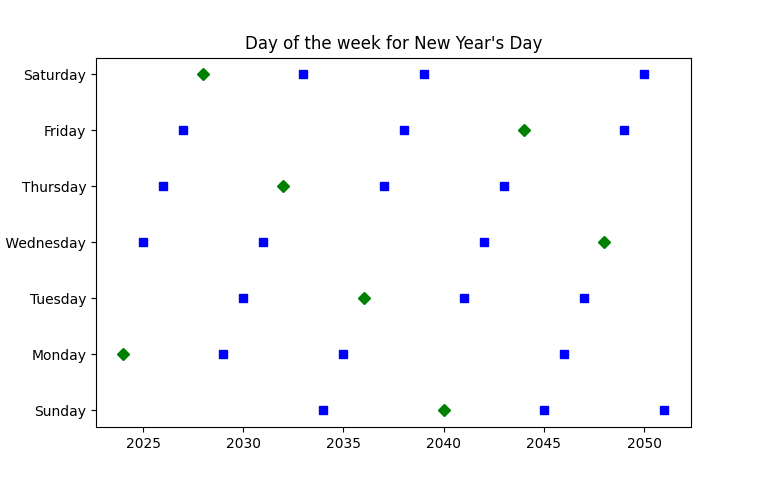Steganography attempts to prevent messages from being read by unintended recipients by hiding the messages rather than (or in addition to) encrypting them. Steganography is used when you not only want to keep your communication private, you want to hide the fact that you’ve communicated at all.
Fun fact: The words steganography and stegosaurus are related [1].
Famous example
A famous example of steganography was a secret message sent by Jeremiah Denton during the Vietnam War. While a prisoner of war, Denton was forced to participate in a Vietnamese propaganda video. He send the word torture by blinking the Morse code for the letters in the word. You can find the video here.

Famous non-example
Some alleged examples of steganography have turned out to be apophenia, looking for patterns where they do not exist. The book The Woman Who Smashed Codes details Elizebeth Smith’s introduction to cryptography, being tasked to find messages hidden in minor variations in Shakespeare’s handwriting that were not there. The book goes on to describe her cryptographic work during WWII, deciphering messages that most certainly did exist.
Incidentally, Elizebeth Smith [2] married fellow cryptographer William F. Friedman. I wrote about Friedman’s index of coincidence a while back.
Enter Unicode
Randall Monroe said “I am endlessly delighted by the hopeless task that the Unicode Consortium has created for themselves.” One of the things that makes their task delightful and hopeless is trying to distinguish semantics from appearance.
For example, the capital letters at the beginning of the Roman and Greek alphabets have different Unicode values even though they both look like alike. A (U+0041) is a Roman letter and Α (U+0391) is a Greek letter and so they’re not the same. Also, the Roman letter M (U+004D) is semantically different from the Roman numeral Ⅿ (U+216F) that represents 1,000.
But it quickly becomes impossible to consistently make such distinctions, and so Unicode is full of compromises. Should the letter i and the imaginary unit i have different code points? What about the symbol i for current and the unit basis vector i? You can’t have a different code point for every use of a symbol.
Because Unicode has numerous pairs of characters with identical appearance, it’s possible to hide binary data in Unicode text by using one member of a pair to represent a 0 and the other to represent a 1. So maybe d (U+0064 Latin Small Letter D) represents a 0 and ԁ (U+0501 Cyrillic Small Letter Komi De) represents a 1.
There is a potential problem with this scheme. Unicode does not dictate appearance, and it’s entirely possible a typographer might create a font that has distinct glyphs for characters that are not distinct in other fonts.
Security
Look-alike characters are often used to create malicious URLs. For instance, someone might take “Microsoft.com” and substitute the Roman numeral Ⅿ for the first letter, or substitute a Greek omicron for one of the o‘s.
Text that is expected to ASCII should be turned into ASCII to prevent mistakes or malice, or the user warned. “Do you really want to visit this URL that contains nine Roman letters and one Cyrillic letter?”
When I’m reading, I want fonts with broad Unicode support. No missing symbols, no jarring change in font for foreign words. But when I’m debugging, it would be nice to have the opposite, a xenophobic font that displays non-ASCII characters in some ugly way that makes them jump out. I imagine someone has developed such a font, but it’s hard to find because most people are looking for better Unicode support, not worse.
Related posts
[1] Both derive from the Greek word for ‘cover’. Steganographic writing is covered in the sense of being hidden. A stegosaurus has armored plates that look like roof tiles, i.e. like the covering of a house.
[2] That’s not a typo. She spelled her name with ‘e’ as the fifth letter rather than the more common ‘a’.










